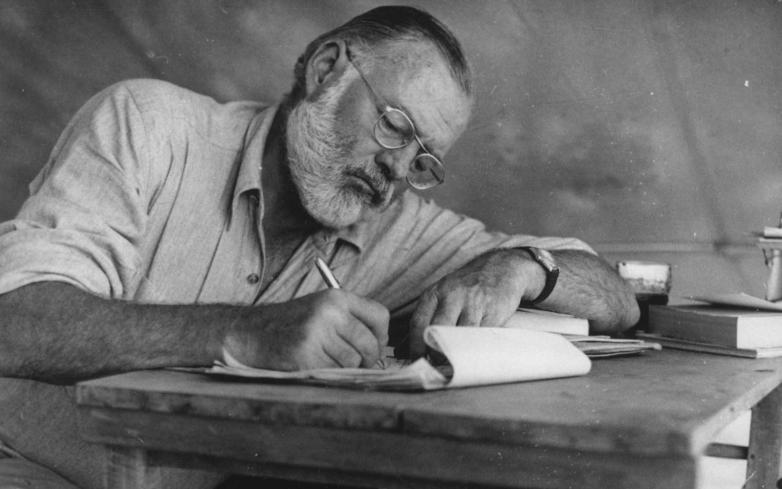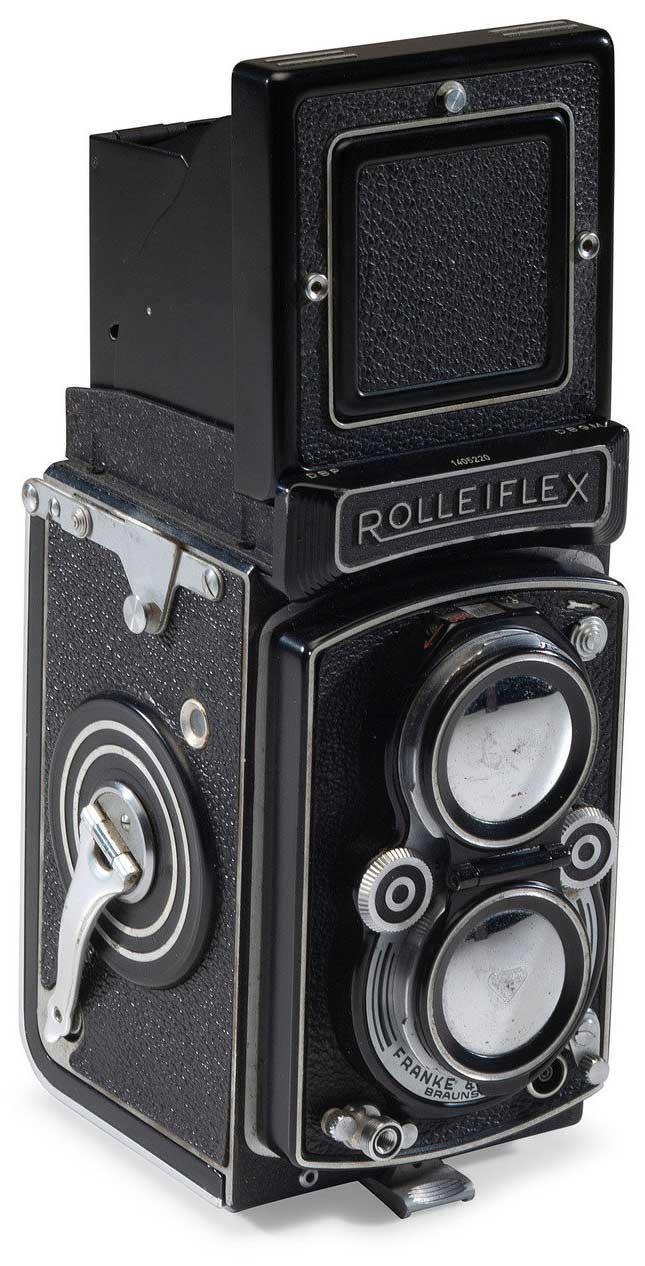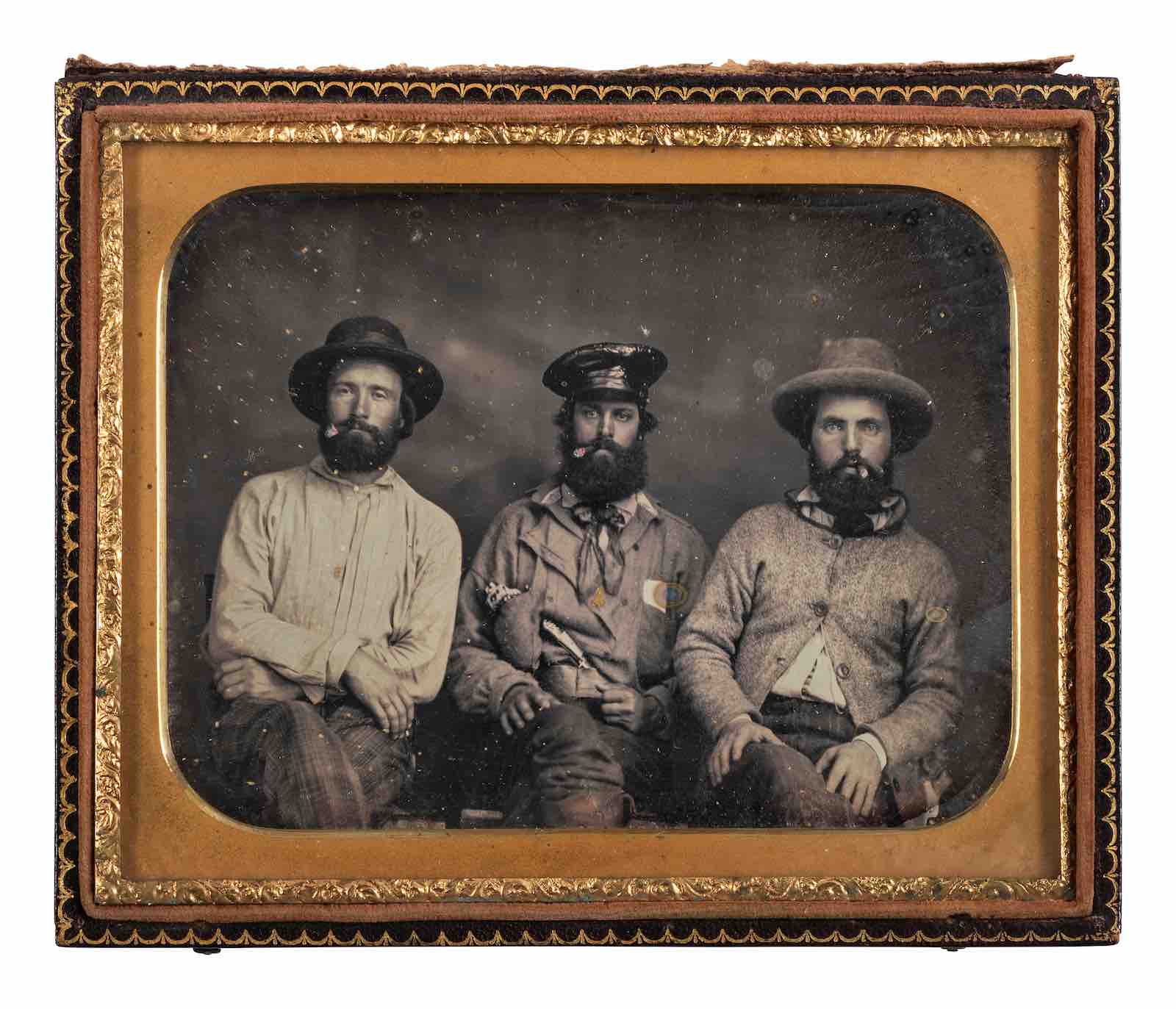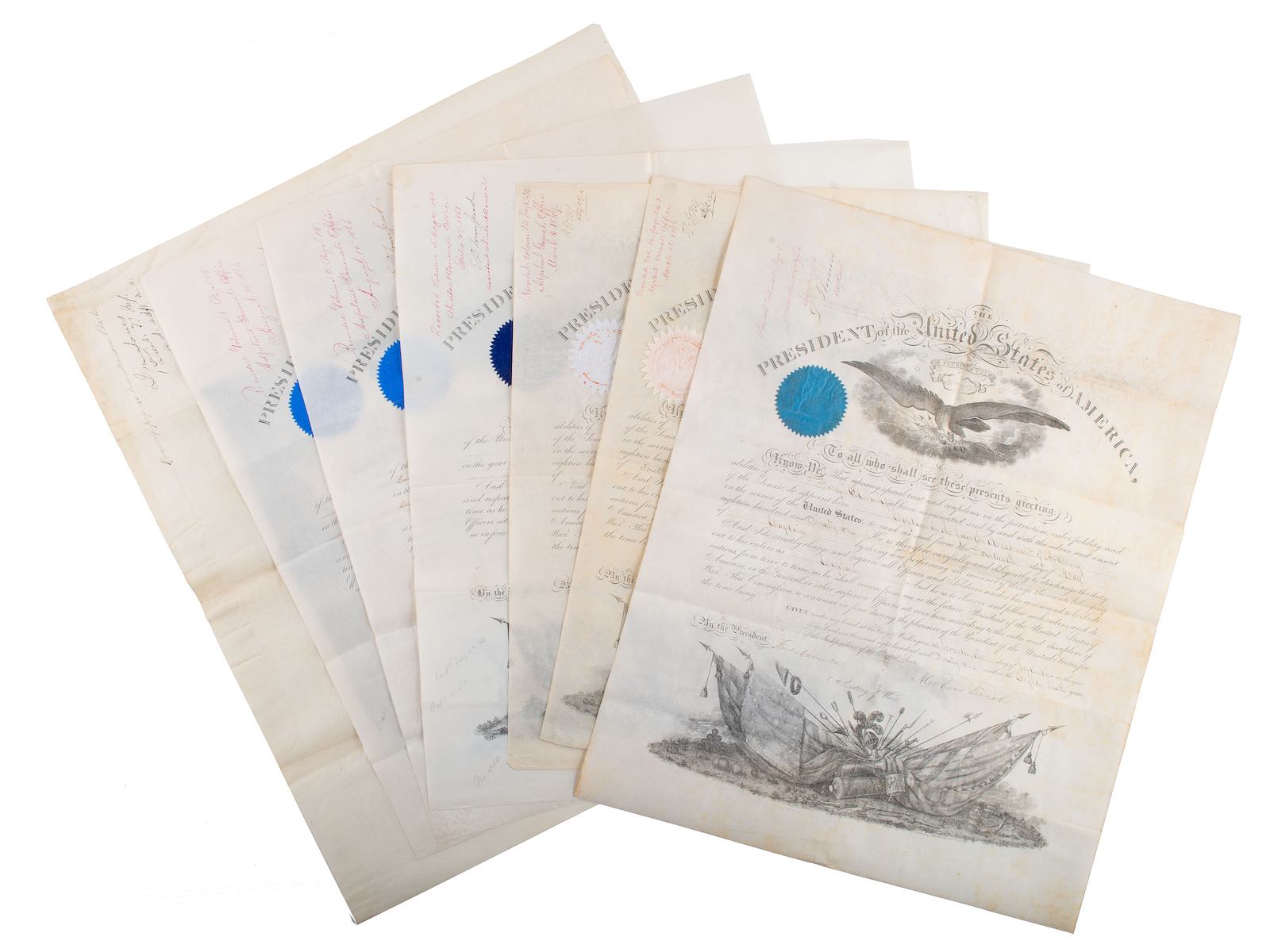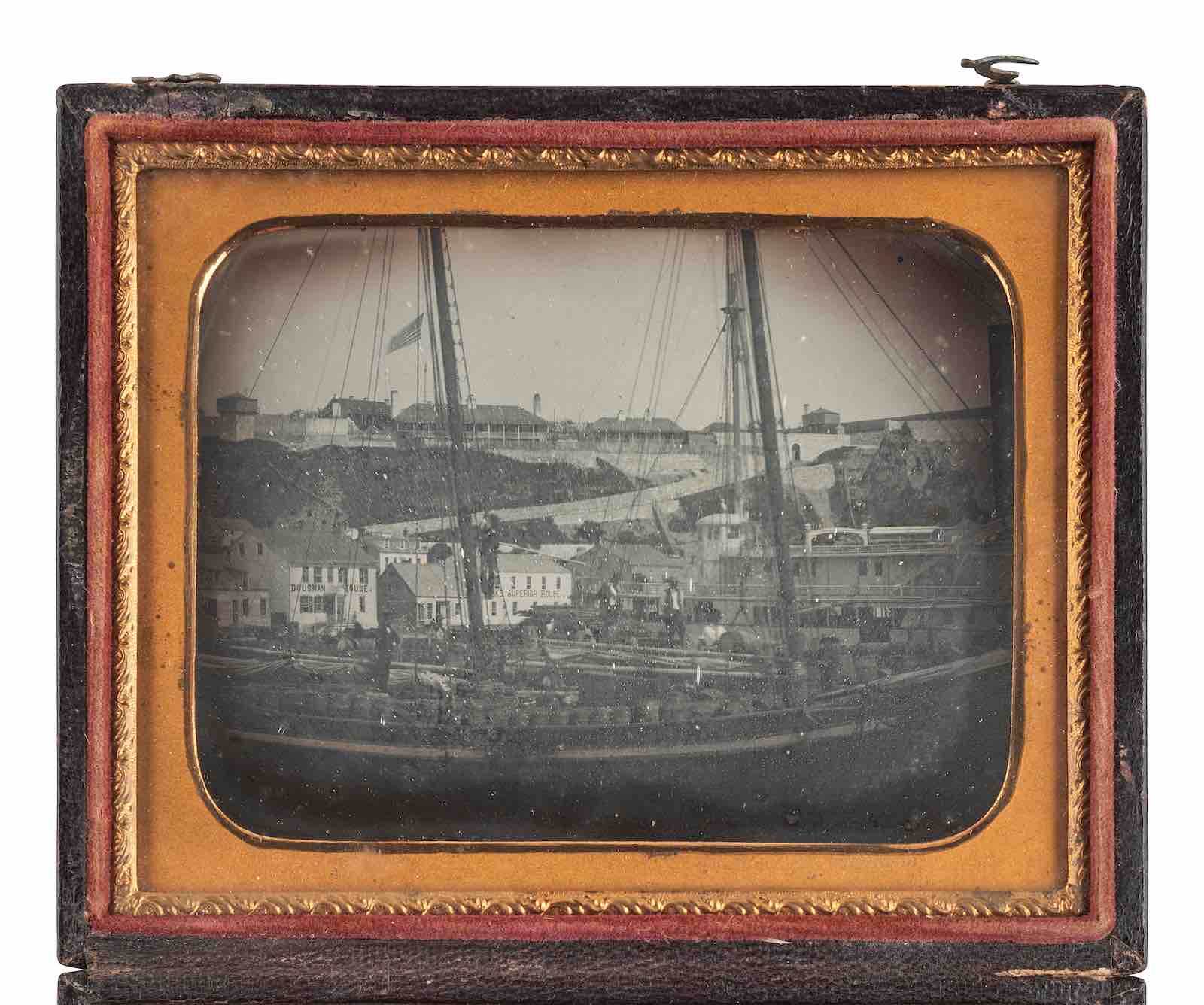Hindman’s summer American Historical Ephemera & Photography auction saw passionate bidding for early photographs and material surrounding America’s westward expansion. A half plate daguerreotype of three gold miners (lot 529) realized $37,800, five times its estimate. The image of the three men epitomizes the gold rush itself, as their somewhat haggard appearance is offset by supremely resolute expressions behind their lit cigars. Overall, the auction realized $913,752.
A quarter plate daguerreotype thought to perhaps be the earliest known photograph of Fort Mackinac, Michigan (lot 282) nearly tripled its high estimate, selling for $31,500. Mackinac Island sits at a strategic choke point on the straits separating Lakes Michigan and Huron and thus, was the location of French, British, and eventually American forts in the late 1700s and 1800s. The image offered in the auction provides a rare glimpse of the island as an active military outpost before it was declared the nation’s second National Park in 1875.
Civil War and Abraham Lincoln related highlights also included a large format photograph of Lincoln’s second inauguration (lot 337), which sold for $18,900. A photograph of Lincoln on the Antietam battlefield in October 1862 (lot 335) realized $12,600.
Additionally, Ernest Hemingway's Rolleiflex MX camera (lot 294) soared past its $600-800 estimate to realized $10,080.
A quarter plate tintype of noted Civil War & Union Pacific Railroad photographer Andrew Joseph Russell (1830-1902) (lot 83) achieved $28,350 against an estimate of $2,500 - 3,500. Russell’s evocative images of the vast military transport and logistics system of the Union Army contrasted with the battlefield views of Brady, O’Sullivan, and Gardner. They provided an unparalleled record of the Union War effort.

